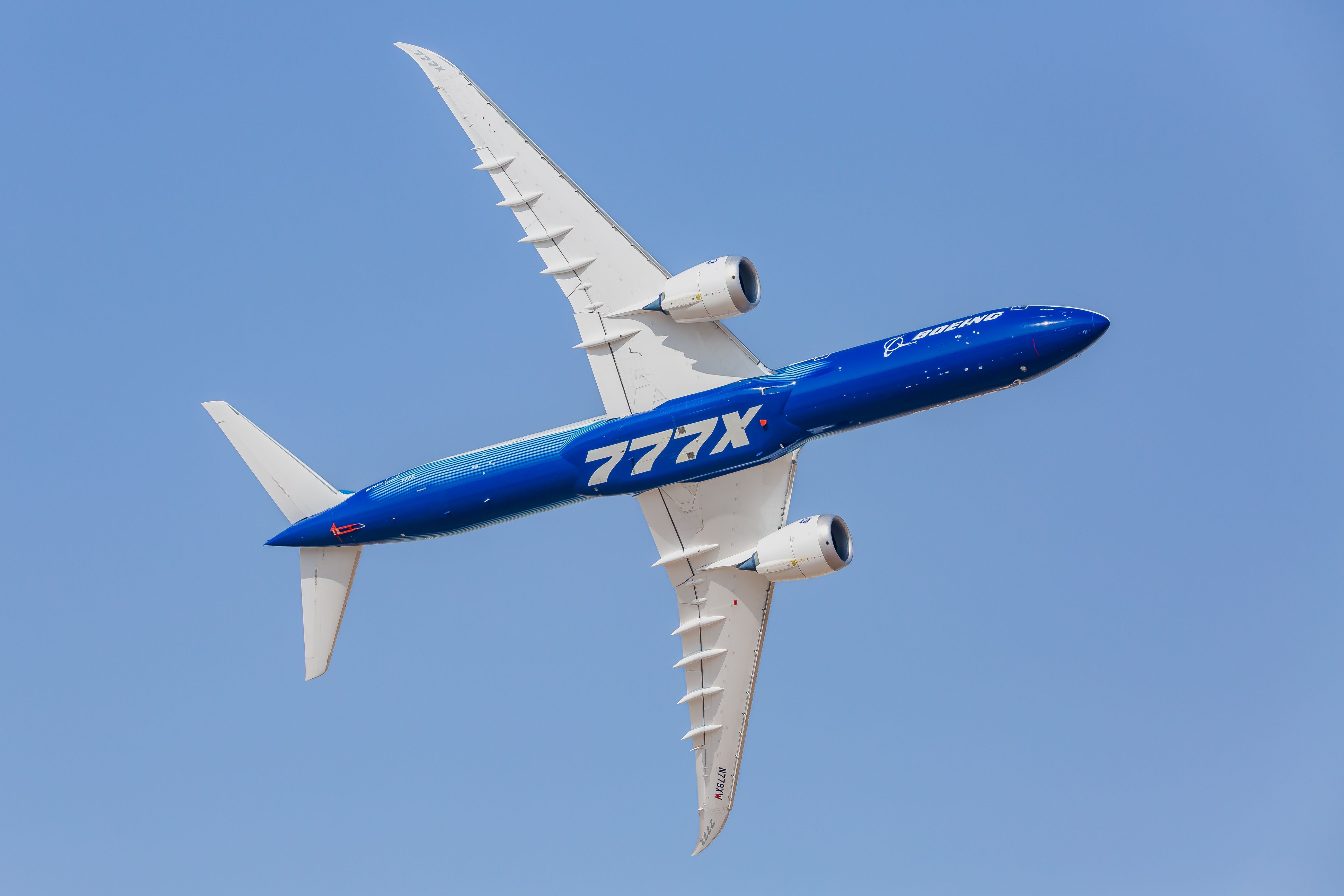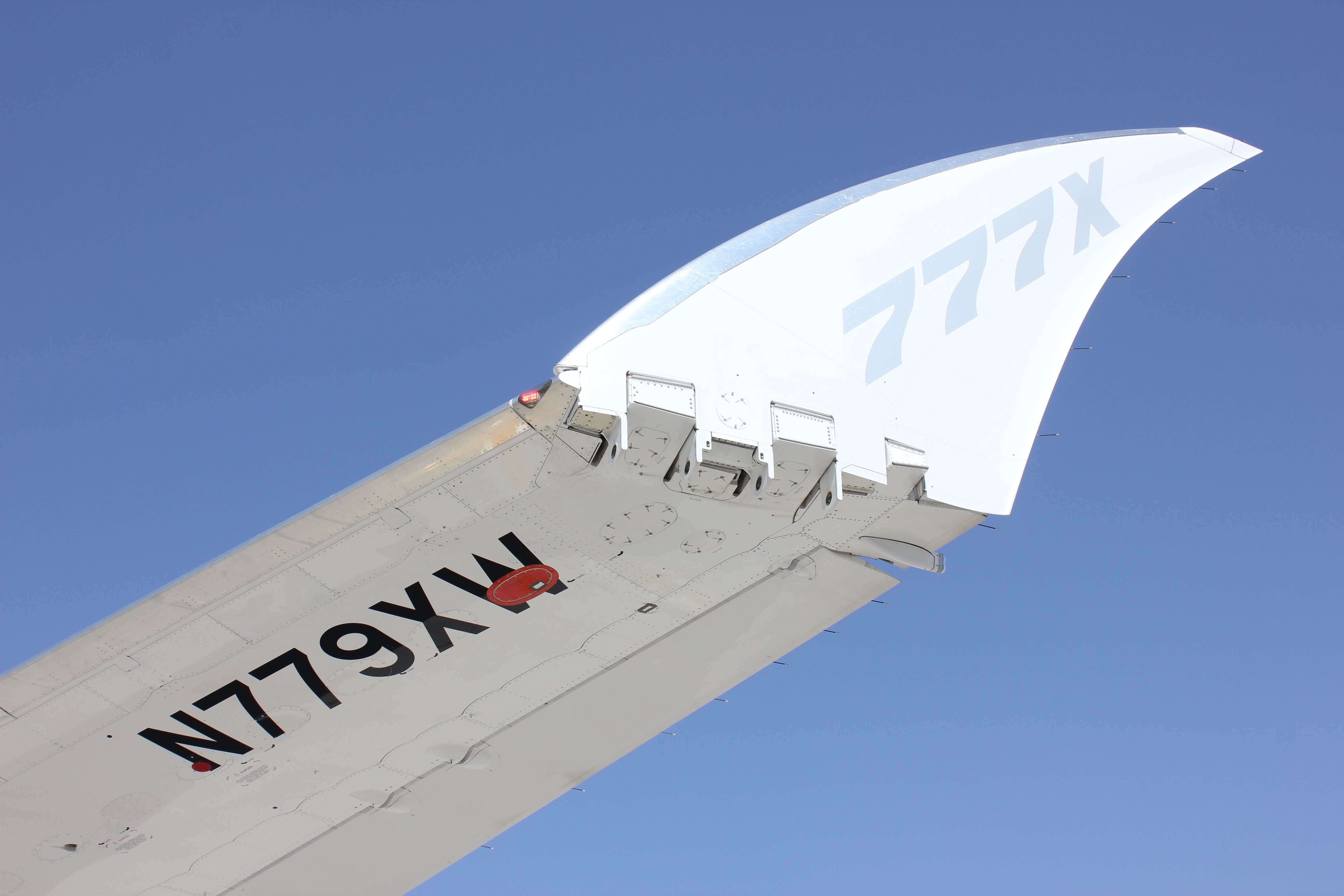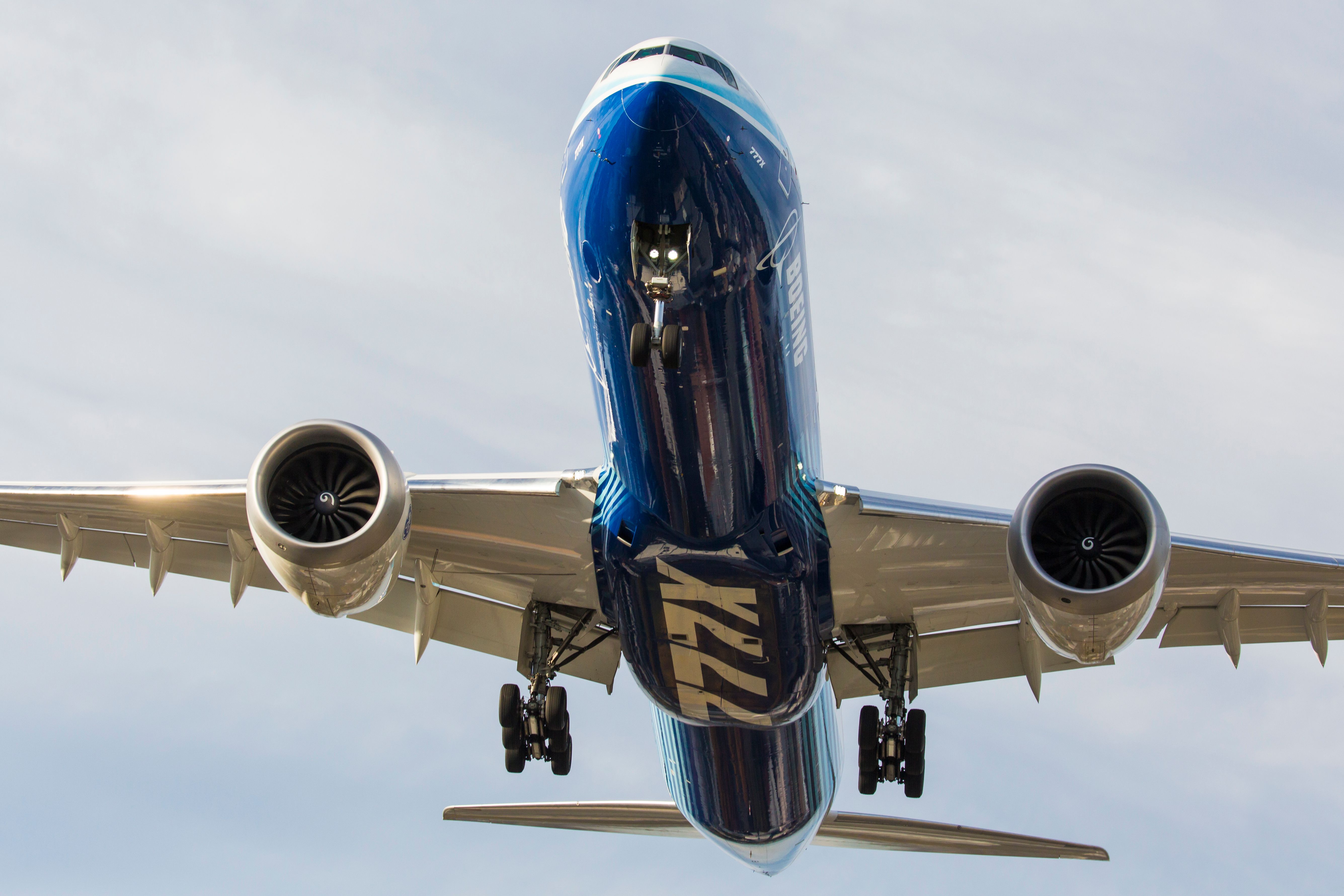Summary
- Boeing's delays could lead to reductions in backlog and significant order cancelations, including for the flagship 777X.
- Emirates, the biggest customer of the 777X, has already reduced its orderbook and threatened to cancel the entire program if there are further delays.
- The expenses for the 777X project have been significant, with abnormal production costs expected to reach $1 billion by the time production restarts.
- Despite this, Boeing still aims to deliver the first 777X in 2025.
Boeing’s timeline slip on the 737 MAX could have impacts beyond being unable to deliver the new jets to customers. Alongside this, the planemaker has flagged potential risks in maintaining its orderbook for the flagship 777X, should there be any further delays to certification and entry into service.
Challenges are facing Boeing
As part of its first-half financial report, Boeing noted some of the challenges it is facing, which are its duty to disclose to its shareholders if they could risk a loss in earnings in the coming months and years. Specifically, the company noted,
“If we remain unable to deliver 737 aircraft in China for an extended period of time, and/or entry into service of the 777X, 737-7 and/or 737-10 is further delayed, we may experience reductions to backlog and/or significant order cancelations.”
The planemaker has already begun to record order cancelations for the 777X, although not in much detail. In stating its backlog to the end of June 2023, Boeing noted that aircraft cancelations “totaled $10,061 million and primarily relate to 737 aircraft.” Further in, it also says that there has been a “net decrease of 777X and 737 aircraft.”
As the biggest customer of the 777X, Emirates has the most sway over the program’s future. Originally ordering 150 aircraft, the Middle East giant has shrunk that orderbook, swapping out production slots for smaller Dreamliners instead. Its orderbook stands today at 115 aircraft, and has recently converted several of the 777-8 to the larger -9 variant.
President of Emirates, Sir Tim Clark, has been outspoken on the delays to Boeing’s 777X timeline. He has previously complained of having to keep older A380s longer, and even threatened to cancel the whole thing if delivery dates were pushed further out. Speaking in February 2022, he said,
“If it goes beyond 2023, and it goes on for another year, we probably cancel the program. What else can we do? We can’t continue the way we are. Boeing really needs to get their act together and get this aircraft sorted,"
It has gone beyond 2023, and is now looking to be at least 2025 before Clark gets his hands on the new Boeing airplanes. But cancelation is not appealing, as he noted at the time, “What is going to happen when the A380 goes otherwise? What am I left with?”
A costly project
Building a new aircraft is never cheap, and the expenses have run even deeper against the background of the 737 MAX crisis. Early in the project, Boeing expected to be able to certify the 777X as a derivative of the classic 777, grandfathering in elements of the aircraft from its predecessors. Some technologies, such as the engines and unique folding wings, would still require certification, but much of the systems and construction would be waved through.
However, EASA raised concerns in 2021 regarding the lack of redundancy on some of the fly-by-wire systems, and demanded closer scrutiny of the project. With so much new stuff on board - empennages, center box, composite wing, fuselage stretch… the list goes on - the FAA is going to be looking at the plane as if it were a new model, and rightly so. With the fallout from the 737 MAX crisis still ringing in its ears, it won’t want to pass anything that’s not up to scratch. In Boeing’s earnings report, it said,
“In addition, the introduction of new aircraft and derivatives, such as the 777X and 737-7 and 737-10, involves increased risks associated with meeting development, production and certification schedules. These challenges include increased global regulatory scrutiny of all development aircraft in the wake of the 737 MAX accidents.”
Following EASA raising concerns in 2021, Boeing paused production on the 777X in 2022, as it admitted the timeline for entry into service was slipping again. This has led to what aircraft manufacturers call ‘abnormal production costs’; Boeing expects these to total $1 billion by the time production restarts. So far, it has logged a total of $587 million.
Read the latest Boeing news here.
Still targeting 2025 for the 777X
In just the last six months, abnormal production costs relating to the 777X came out at $262 million, less than half of those attributed to fixing Dreamliner issues, pegged in the report at $693 million. Nevertheless, the expenses continue to climb, but Boeing still hopes to have a profitable project at the end of it all. It summarized,
“The 777X program has near break-even gross margins at June 30, 2023. The level of profitability on the 777X program will be subject to a number of factors. These factors include production disruption due to labor instability and supply chain disruption, customer negotiations, further production rate adjustments for the 777X or other commercial aircraft programs, contraction of the accounting quantity and potential risks associated with the testing program and the timing of aircraft certification.”
Despite all this, it still expects to deliver the first 777X in 2025, pending regulatory certification requirements. The 777-8 freighter, launched in 2022, is still expected to be ready for service by 2027. The MAX 7, on the other hand, may or may not be certified before the end of this year. Boeing has revealed that the timeline for entry into service has now slipped to 2024. The MAX 10 will begin its flight testing campaign later this year, and Boeing hopes it will enter into service in 2024 also.
With the worry of potential order cancelations hanging over the planemaker, those certifications and entry into service can’t come soon enough.


.jpg)

